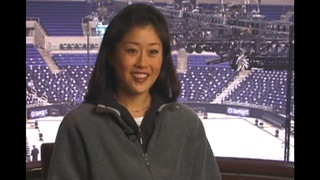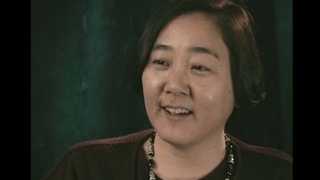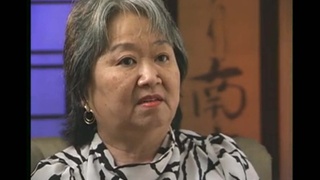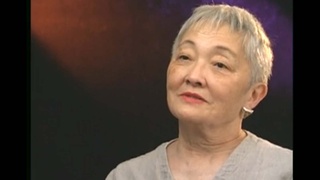Interviews
Both Japanese and American identities though Japanese dance
Oh yes, the kanzashi (Japanese ornamental hairpin). When I danced this number, you know, he’s telling…and I had a chopstick in my hair. And this lady was so impressed that she brought me this…there’s 12 of them – 12 that I put in my hair. And she gave me her…she said, “I was going to donate to the Museum, but I want to give it to you.” And I read in that book that it’s very important kanzashi as she gave it to me.
And then I could even say in the dance, I could say I’m a Japanese and this is the way I could dance. But still, I’m American. So the fan could tell you what we are. We were Japanese and still we were Americans. And then in the Japanese dancing, a fan. The fan could be like a rain or it could be a wave or it could be what it is. Or it could be a sword. You could fight with it. It could be all…the fan tells the story. It’s very important in Japanese dancing.
Date: November 30, 2004
Location: California, US
Interviewer: Nancy Araki and John Esaki
Contributed by: Watase Media Arts Center, Japanese American National Museum
Explore More Videos


Japanese Americans are more aware of their Hapa identity
(b. 1965) filmmaker and artist






Support from the Japanese American community
(b.1971) Professional figure skater and Olympic gold medalist.

Heightened awareness of identity as a Japanese American
(b. 1955) Lawyer

Reasons for conformity and competitiveness in Gardena, California
(b. 1946) Lawyer





